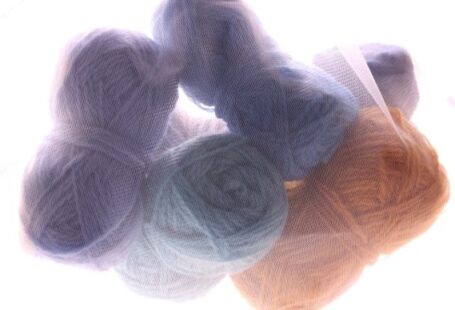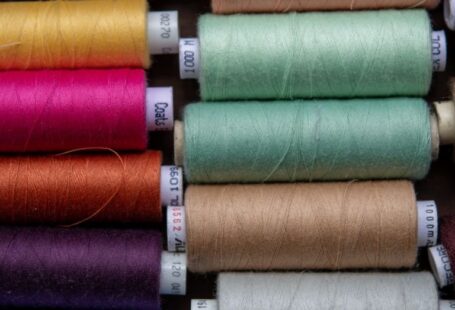When it comes to choosing a cozy and warm fabric for the winter months, two popular options that often come to mind are wool and cashmere. Both fabrics are known for their exceptional softness and ability to provide warmth, but they differ in their origins, qualities, and price points. In this article, we will delve into the differences between wool and cashmere, helping you make an informed decision when it comes to selecting the perfect fabric for your winter wardrobe.
Understanding Wool
Wool is a natural fiber that is derived from the fleece of sheep. It has been used for centuries to make clothing due to its excellent insulation properties. Wool fibers have a crimped texture, which allows them to trap air and retain heat effectively. This makes wool a great option for keeping warm in cold weather.
One of the main advantages of wool is its versatility. It can be woven into different types of fabrics, such as tweed, flannel, and worsted wool. Each type of fabric has its own unique characteristics, but they all share the same inherent warmth and softness that wool provides.
Exploring Cashmere
Cashmere, on the other hand, is a luxury fiber that comes from the undercoat of cashmere goats. It is known for its incredible softness and lightweight feel. Cashmere fibers are finer and longer than traditional wool fibers, giving it a distinct plushness and luxurious texture.
The process of obtaining cashmere is more labor-intensive compared to wool. Cashmere goats are combed or sheared to collect the soft undercoat, which is then carefully sorted to remove any coarse fibers. This meticulous process contributes to the exclusivity and higher price point of cashmere garments.
Softness Comparison
When it comes to softness, cashmere takes the lead. The finer and longer fibers of cashmere create a fabric that feels incredibly soft against the skin. It is often described as a heavenly caress, making it a popular choice for those who prioritize comfort and luxury.
Wool, although not as soft as cashmere, still provides a cozy and comfortable feel. The crimped texture of wool fibers adds a slight cushioning effect, giving it a pleasant tactile experience. While wool may not match the silky smoothness of cashmere, it offers a more substantial and sturdy touch.
Warmth Factor
In terms of warmth, wool is known for its excellent insulation properties. The crimped fibers create tiny air pockets that trap heat and provide a natural barrier against the cold. Wool is highly effective at regulating body temperature and keeping you warm even in damp conditions.
Cashmere, on the other hand, is not as effective at insulation as wool. Its lightweight nature makes it more suitable for cool or mild weather. However, cashmere does provide a good level of warmth and is often layered with other clothing items to enhance its thermal properties.
Price and Availability
The price of wool and cashmere garments can vary greatly. Wool, being more readily available, comes in a wide range of price points to fit different budgets. It is a more affordable option, especially when choosing fabrics like merino wool or lambswool.
Cashmere, on the other hand, is considered a luxury fabric and is typically more expensive than wool. The intricate process involved in obtaining cashmere, as well as the exclusivity of the fiber, contribute to its higher price tag. Cashmere garments are often seen as investment pieces due to their durability and timeless appeal.
Choosing the Perfect Fabric
When it comes to deciding between wool and cashmere, it ultimately depends on your preferences and budget. If you prioritize ultimate softness and are willing to invest in a luxurious fabric, cashmere is the way to go. However, if you are looking for a more affordable yet still warm and cozy option, wool is an excellent choice.
In conclusion, both wool and cashmere offer exceptional softness and warmth, but they differ in terms of softness, warmth, price, and availability. By understanding the unique qualities of each fabric, you can make an informed decision when it comes to selecting the perfect fabric for your winter wardrobe. So, whether you choose the plushness of cashmere or the versatility of wool, rest assured that you will be wrapped in comfort and style during the colder months.





